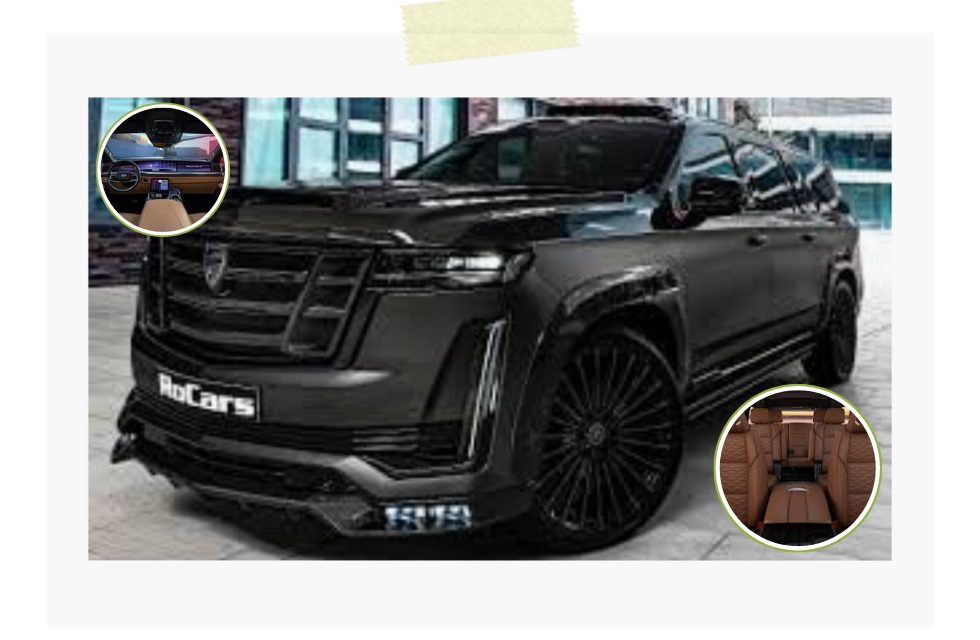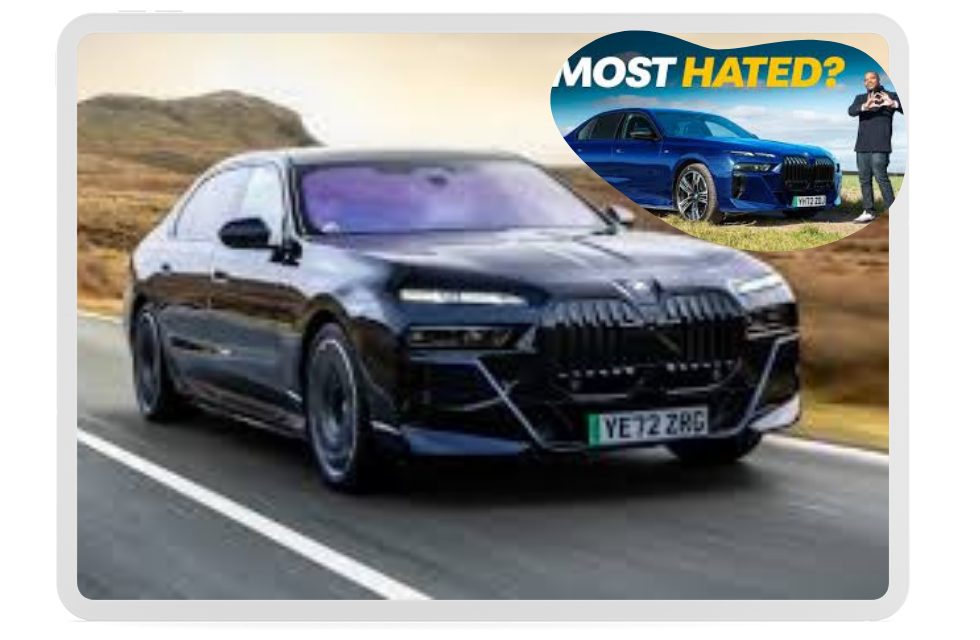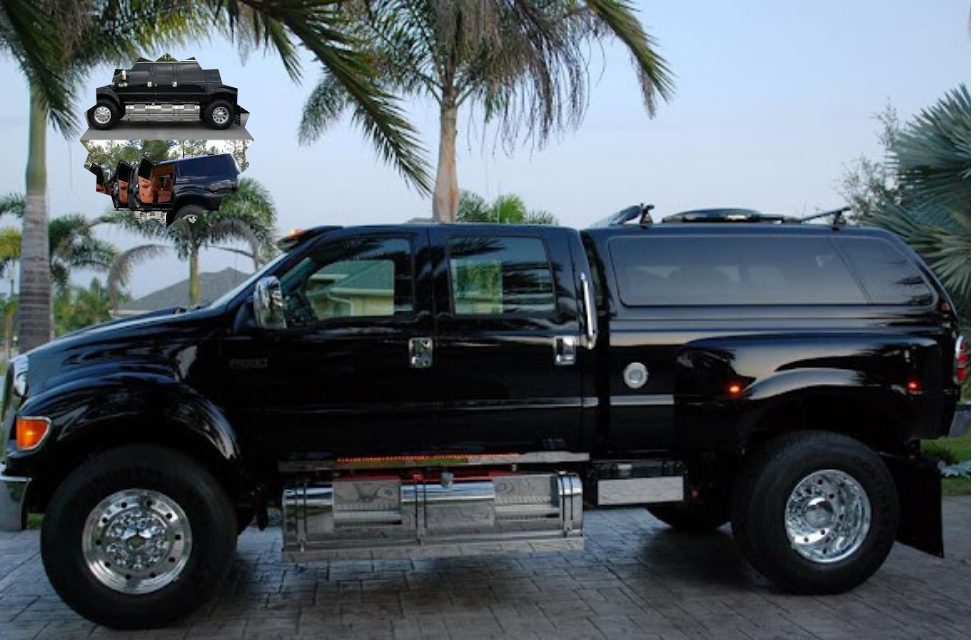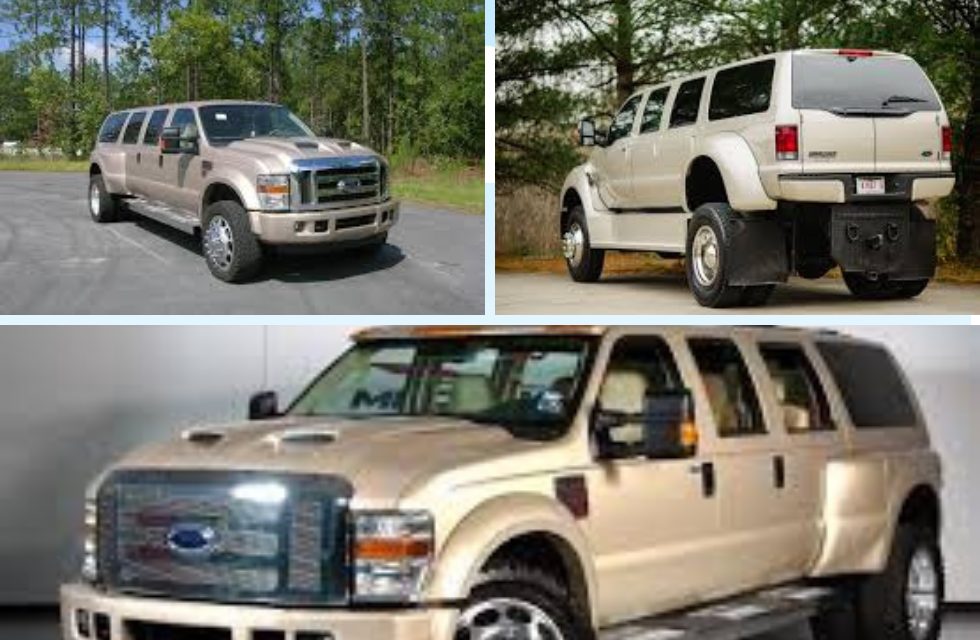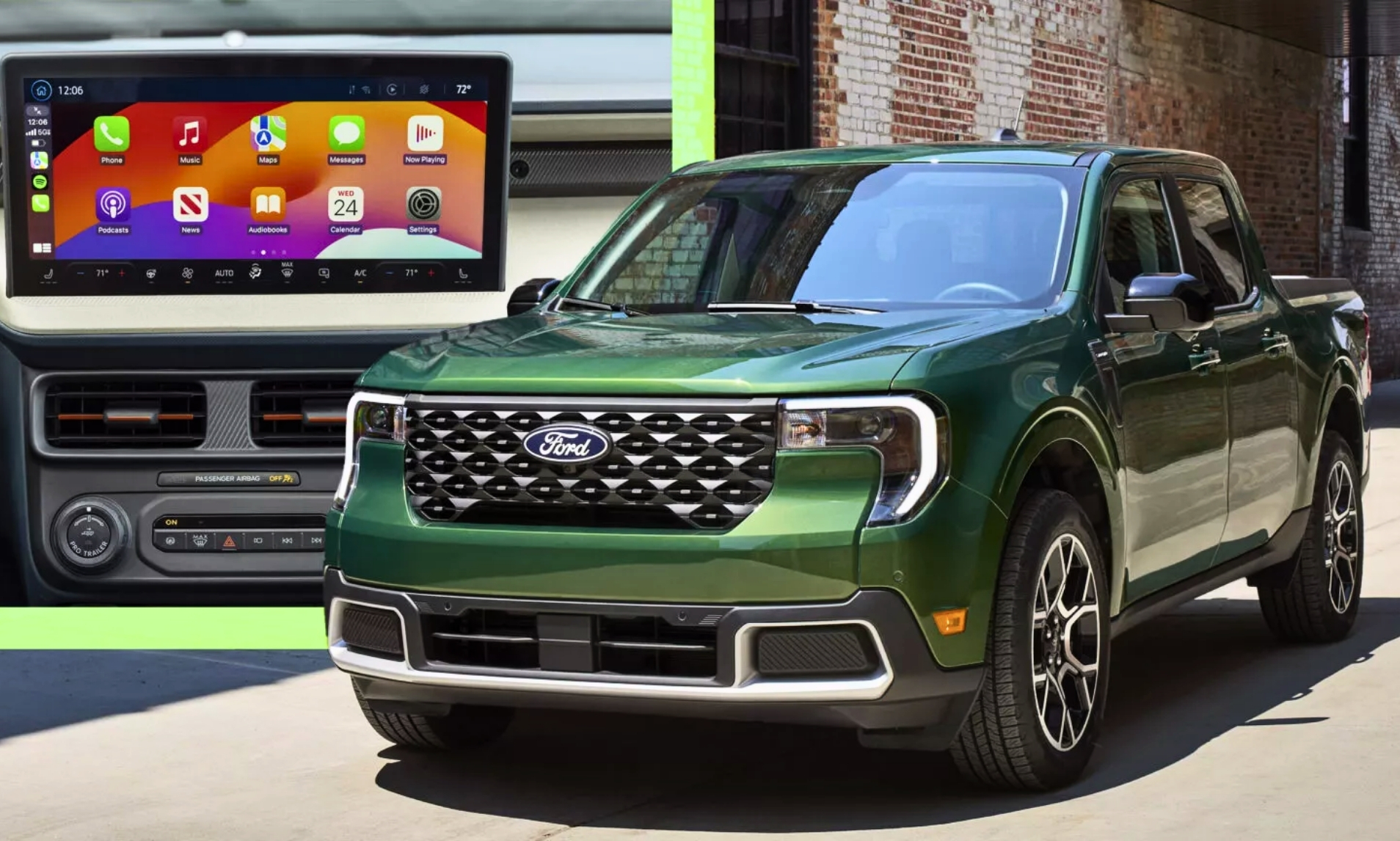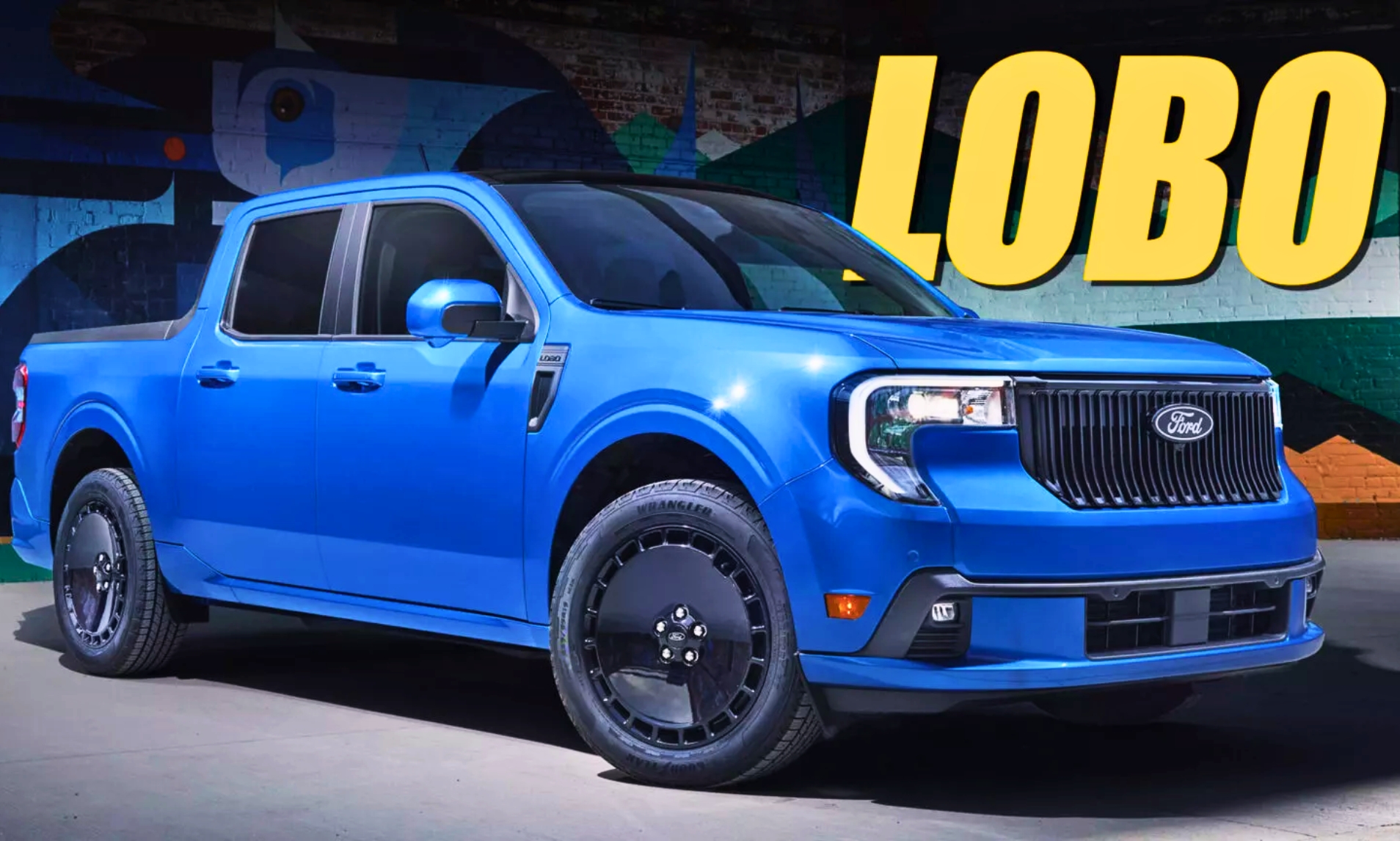The reason why giant trucks are often painted yellow is due to the high visibility and warning nature of this color. In reality, there is no universal regulation specifying the color that large trucks or heavy-duty vehicles, like construction trucks, should be painted. However, in practical terms, yellow seems to be the most prevalent choice.

According to studies, the colors red, yellow, and green are easily distinguishable by the naked eye on the color spectrum. These happen to be the three characteristic colors of traffic signal lights worldwide. Red signifies danger, green imparts a sense of calmness, while yellow represents caution, making it an ideal choice for alerting people to exercise greater care. This could be one of the reasons why large trucks, such as construction vehicles, are often painted in yellow, orange, or red—to warn of potential danger and remind people to exercise caution when in proximity.

However, the popularity of yellow in the realm of large vehicles stems from a rather unique reason. One of the world’s largest manufacturers of machinery and agricultural equipment, Caterpillar (founded in 1925 in the U.S.), has a significant association with the color yellow.

In the early 20th century, Caterpillar’s heavy-duty agricultural machinery was painted in various colors, with white being a common choice for its contrasting nature against the earthy tones. However, white was prone to dirt, leading to it being more suitable for promotional purposes rather than practical use.

For construction machinery, safety is paramount. Unlike agricultural machinery operating in vast, desolate fields, construction sites or streets often have numerous workers nearby. Therefore, large machines on construction sites pose higher safety risks to humans.
Numerous colors were considered, such as white and red, but the “highway yellow” color—the hue of lane markings on highways—was ultimately selected. The transition from the standard gray color on most machinery to the distinctive yellow became a subject of skepticism.

There are anecdotal stories suggesting that some dealers even repainted products from yellow to gray due to fears of unsellability. However, yellow gradually gained acceptance and became synonymous with Caterpillar.

In 1979, the company copyrighted “Caterpillar Yellow,” and the yellow color has been closely associated with the brand for over 40 years.
The success of Caterpillar Yellow was so significant that many other brands in machinery and equipment manufacturing, such as DeWalt (U.S.), also adopted yellow as their brand’s distinctive color. From helmets for construction workers to measurement devices, signs, or safety workwear, the color yellow became ubiquitous.


